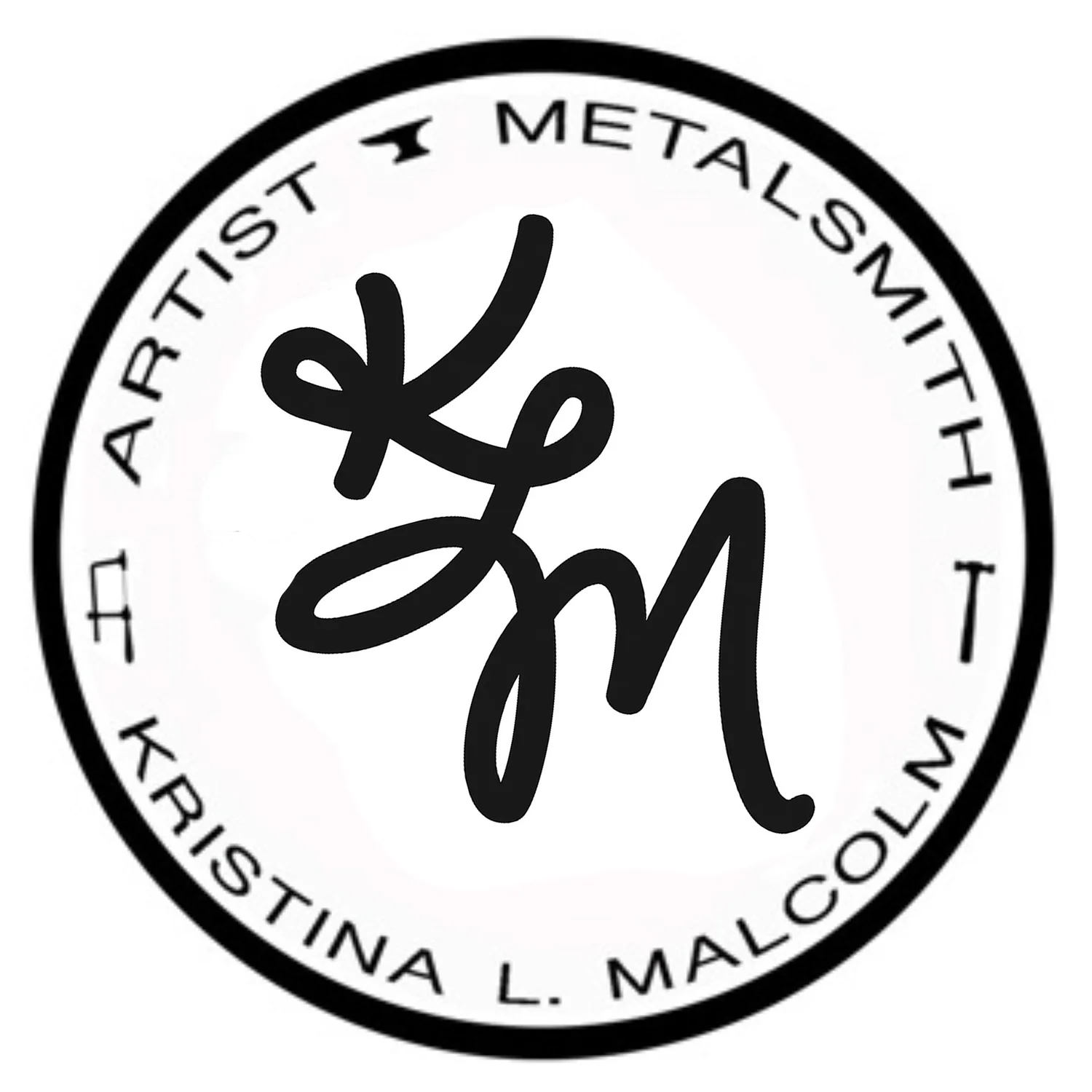Alma Eikerman: The Quiet Force Who Shaped Metalsmithing Education
For anyone who has studied the history of Craft with care, Alma Eikerman is more than a name—she’s a blueprint. A revolutionary force tucked into the folds of academia, she quietly, steadfastly reshaped what it meant to learn, teach, and master metalsmithing in America.
Eikerman didn’t just make jewelry—she made standards. The structure of today’s graduate programs in metals and jewelry? Much of it follows the contours of her vision. Her influence is so deeply embedded in our institutions that it can be difficult to trace back to the woman herself. Her physical works are rarely seen; her legacy lives instead in syllabi, critiques, studio habits, and the very idea that metalsmithing belongs in the university.
Born on May 16, 1908, in Pratt, Kansas, Alma was raised on a working farm by a family who honored creativity with their hands. Her earliest studies weren’t in art, but in history, literature, and language—a foundation that would later lend poetry and structure to her teaching. She began her professional life as a schoolteacher, only later returning to Kansas State to pursue the arts. After transferring to Columbia University, she earned her Master’s in 1942 with a specialization in metalsmithing, painting, and design—a rare and radical combination at the time.
When World War II erupted, Alma joined the Red Cross and traveled to Italy, where she served her country and continued her study of design. Returning stateside in 1947, she joined the faculty at Indiana University, where she didn’t just teach—she transformed. Her energy reinvigorated the metals program, and on a sabbatical in 1950, she expanded her knowledge even further by studying with Danish master Karl Gustav Hansen, as well as Henrick Boesen and Erik Fleming.
Upon returning to Indiana University, Alma began integrating hollowware into her studio practice, pushing the boundaries of what jewelry and metal art could encompass. She didn’t stay in one lane; she widened the whole road. Her work was experimental, elegant, and steeped in function—a quiet rebellion against ornament for ornament’s sake.
By 1970, she had co-founded SNAG, the Society of North American Goldsmiths, cementing her place in Craft history. Her name became a household word in the American metals community, and her presence an aspirational figure for countless women entering the field. She was more than a metalsmith—she was a model of persistence, intellect, and excellence in a male-dominated world. A Distinguished Professor Emeritus at Indiana University, she retired at the age of 70, leaving behind not just objects, but a movement.
Alma Eikerman passed away on January 3, 1995, in her Bloomington home, surrounded by the quiet echoes of a life that redefined what women could do with fire, metal, and vision.
In her, we see the strength of feminism not in loud declarations, but in methodical, brilliant, lasting change. We honor her not just for what she made, but for what she made possible.
